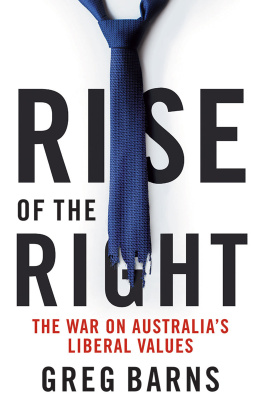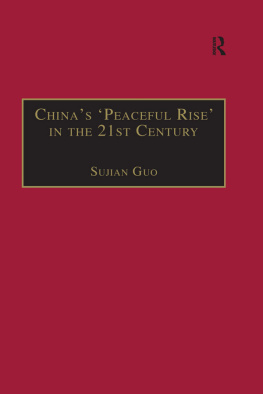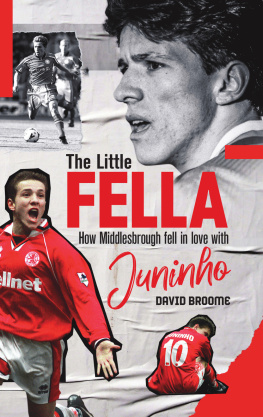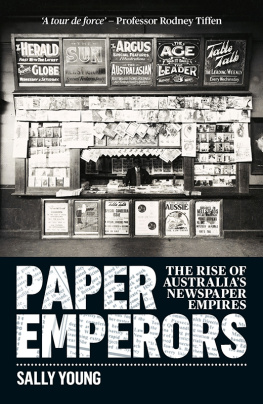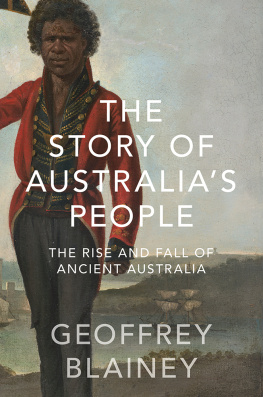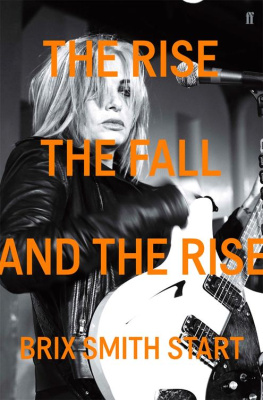A William Heinemann book
Published by Random House Australia Pty Ltd
Level 3, 100 Pacific Highway, North Sydney NSW 2060
www.randomhouse.com.au
First published by William Heinemann in 2009
This edition published in 2010
Copyright Peter Thompson and Robert Macklin 2009
The moral right of the authors has been asserted.
All rights reserved. No part of this book may be reproduced or transmitted by any person or entity, including internet search engines or retailers, in any form or by any means, electronic or mechanical, including photocopying (except under the statutory exceptions provisions of the Australian Copyright Act 1968), recording, scanning or by any information storage and retrieval system without the prior written permission of Random House Australia.
Addresses for companies within the Random House Group can be found at www.randomhouse.com.au/offices
Every effort has been made to acknowledge and contact the copyright holders for permission to reproduce material contained in this book. Any copyright holders who have been inadvertently omitted from acknowledgements and credits should contact the publisher, and omissions will be rectified in subsequent editions.
National Library of Australia
Cataloguing-in-Publication Entry
Thompson, Peter Alexander.
The big fella: the rise and rise of BHP Billiton/Peter Thompson, Robert Macklin.
ISBN 978 1 74166 711 0 (pbk).
BHP Billiton History.
Mining corporations Australia History.
Other Authors/Contributors:
Macklin, Robert, 1941
338.76220994
Cover photographs: front Dennis Jones/Lonely Planet Images; back Reuters/Picture Media
Cover design by Natalie Winter
Internal design by Midland
Typesetters, Australia Typeset in Goudy Old Style by Midland Typesetters, Australia
Printed in Australia by Griffin Press, an accredited ISO AS/NZS 14001:2004 Environmental
Management System printer
Copyright
Peter Thompson and Robert Macklin, both former newspapermen, have written some 25 books between them, including four titles as co-authors.
Peter Thompson, born in Melbourne and educated in Brisbane, turned to full-time writing following a 20-year career as a Fleet Street journalist in which he rose to night editor and deputy editor of the Daily Mirror and editor of the Sunday Mirror. His most recent book is Anzac Fury: The Bloody Battle of Crete 1941.
Robert Macklin, a Queenslander who has spent much of his working life in the national capital, has written for many of the leading Australian newspapers and The Bulletin magazine. During 12 years at the Canberra Times from 1991, he was arts editor and then associate editor of the paper. His most recent book is Kevin Rudd: The Biography.
All rights reserved. No part of this book may be reproduced or transmitted by any person or entity, including internet search engines or retailers, in any form or by any means, electronic or mechanical, including printing, photocopying (except under the statutory exceptions provisions of the Australian Copyright Act 1968), recording, scanning or by any information storage and retrieval system without the prior written permission of Random House Australia. Any unauthorised distribution or use of this text may be a direct infringement of the authors and publishers rights and those responsible may be liable in law accordingly.
The Big Fella: The Rise and Rise of BHP Billiton
ePub ISBN 9781864715309
Kindle ISBN 9781864716603
For Roderick Francis OLoan, a friend indeed
NOTE ON MEASUREMENTS AND CURRENCIES
Distances and altitudes in the narrative have been expressed, where practicable, in (rounded) metric units; but in quotations from other works, the original units have been retained.
Metric equivalents
1 inch=25 millimetres
1 foot=30 centimetres
1 yard=0.914 metre
1 mile=1.6 kilometres
1 pound=0.45 kilograms
1 long (UK) ton=1.016 tonnes
1 short (US) ton=0.907 tonne
1 acre=0.4 hectare
Whereas the mining industry deals in US dollars, all currencies here are given in Australian dollars unless otherwise stated.
INTRODUCTION
Global Australian
Miners are gamblers; it is the nature of the beast. And there have been no greater gamblers in Australias history than the men of the Broken Hill Proprietary Company Limited and its latest incarnation, the dual-listed colossus BHP Billiton. From The Proprietary to The Big Australian to The Big Fella, the company has become the biggest diversified miner the world has ever seen.
A spirit of adventure and risk-taking (coupled with a ruthless edge) characterised the men who ran the separate companies until they collided and merged in one of the seminal mining events of the new century. And it was within this same spirit that the brash, young, South African-born chief executive officer, Marius Kloppers, ignoring the ancient lessons of Icarus, aimed at world domination in mineral resources with the launch of his hostile takeover bid for Rio Tinto in November 2007.
On a winters day in 2008, just a few weeks before his 46th birthday, he sits tieless in the Copper Room on the 28th floor of the companys global headquarters in the QV building at 180 Lonsdale Street, Melbourne, in the middle of the contest he has codenamed Project de Bello from the Latin to do battle and vanquish. This would be a wonderful thing if we can get it done, he says.
Forces have been deployed on every front to identify the cost-cutting synergies and arrange the finance. BHP Billiton is set to press home its offensive with the announcement of a record annual profit for the seventh successive year: a phenomenal US$15.4 billion to the end of 30 June, a rise of 22 per cent, helped by a jump in commodity prices, higher production and an ability to pass on higher costs.
In terms of market capitalisation at that time, a combined BHP and Rio Tinto would have challenged Exxon, General Electric (GE), Microsoft and Citigroup at the top of the world league. The companies really do overlap in a way that is very, very significant and different from the overlaps between any two other mining companies in the industry, Kloppers says. That applies in terms of operating jurisdictions, in terms of operating philosophies and also in terms of where we operate and share assets like Escondida, the Pilbara, the Hunter Valley and the Bowen Basin.
Sir Robert Wilson, the former chairman of Rio Tinto who was involved in at least two earlier attempts to merge his company with BHP Billiton, was not so sure. Such a behemoth, he said, could well be too big to manage. And he added, What both companies would lose is actually the incentive to improve because it would be daft to deny that for decades BHP and Rio Tinto have been sharpened by rivalry. Take that away and what have you got? Youve got, potentially, a big stodgy vegetable.
Wilsons theory remains to be tested. On 25 November 2008, the bid foundered against a backdrop of European Union opposition and a global credit collapse that saw capital and commodity markets plunge by up to 50 per cent. Mariuss strategy was correct but he isnt clairvoyant so he couldnt factor in the worldwide crash, says Ian Fraser, a former colleague who was closely associated with Kloppers rise to the top.
Kloppers himself was outwardly sanguine about his failure to pull off the deal. As you get to know me, I am the supreme realist in things, he told the Australian Financial Review.


